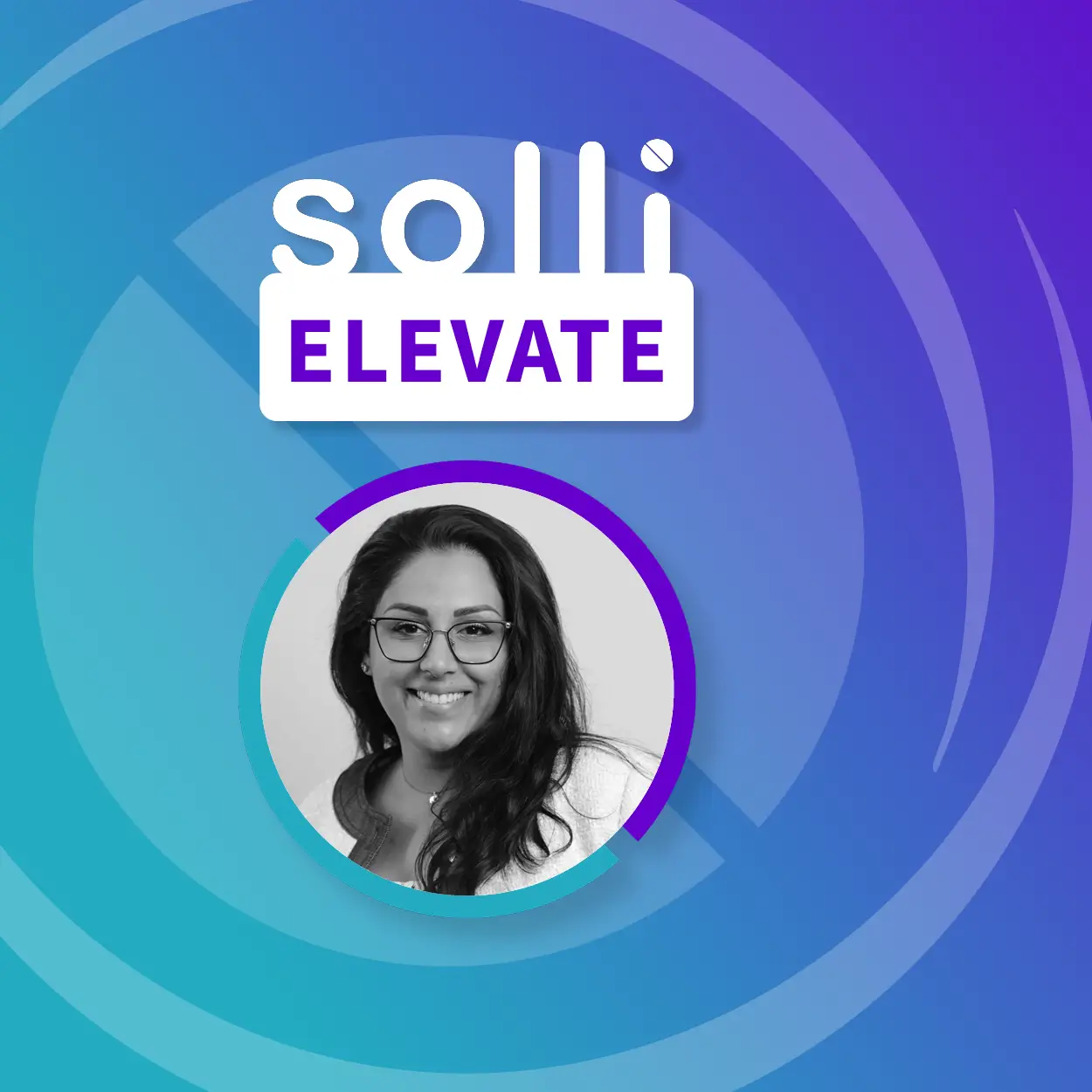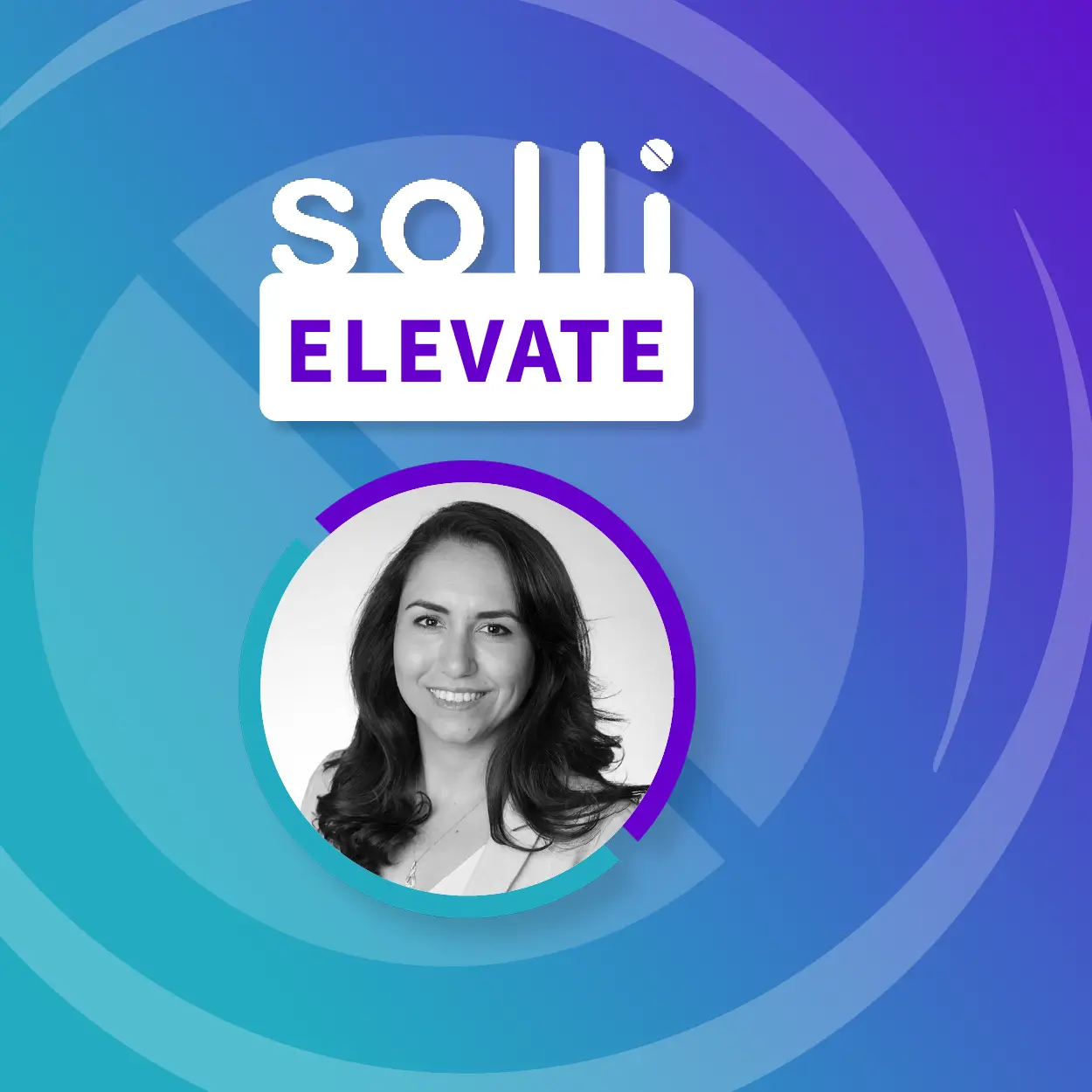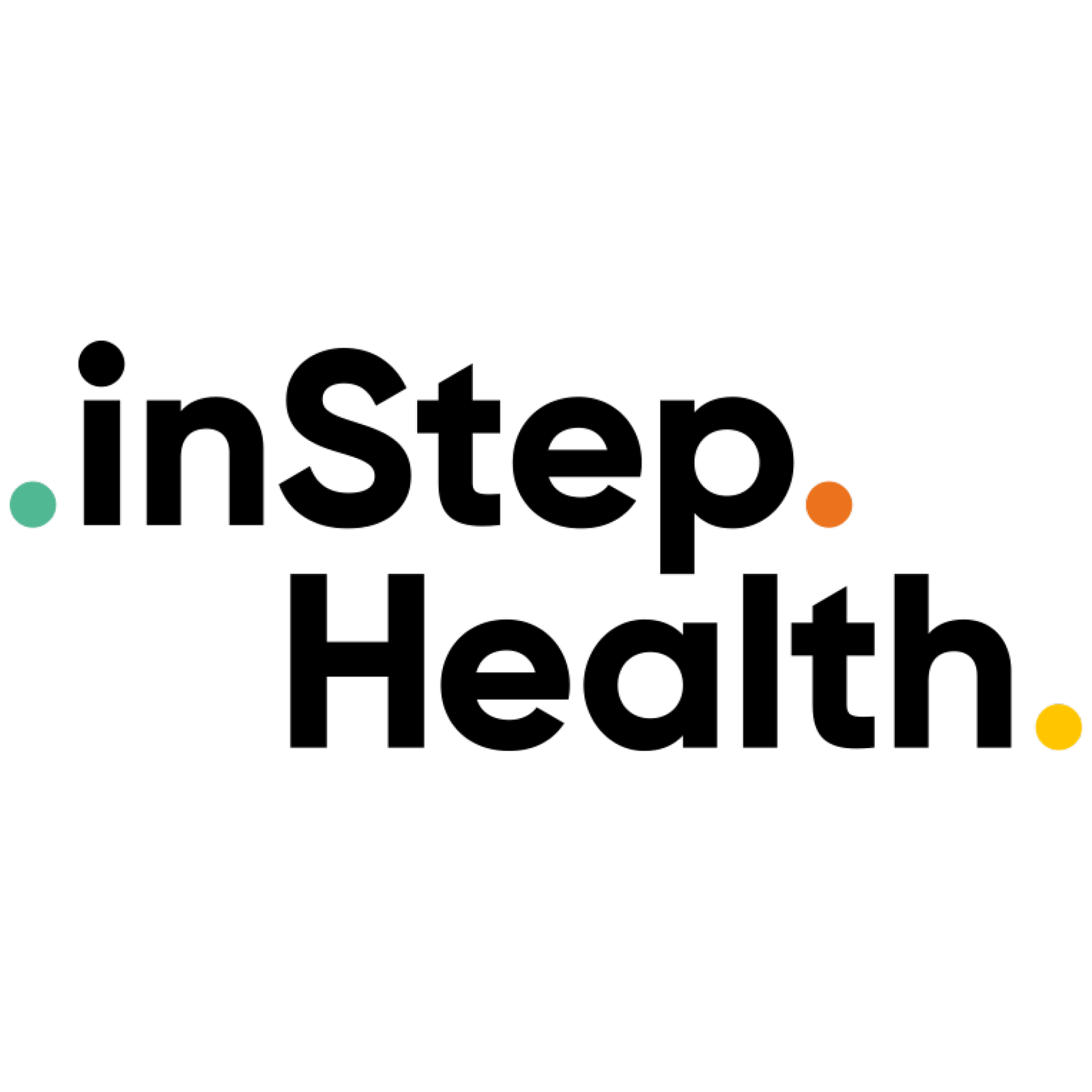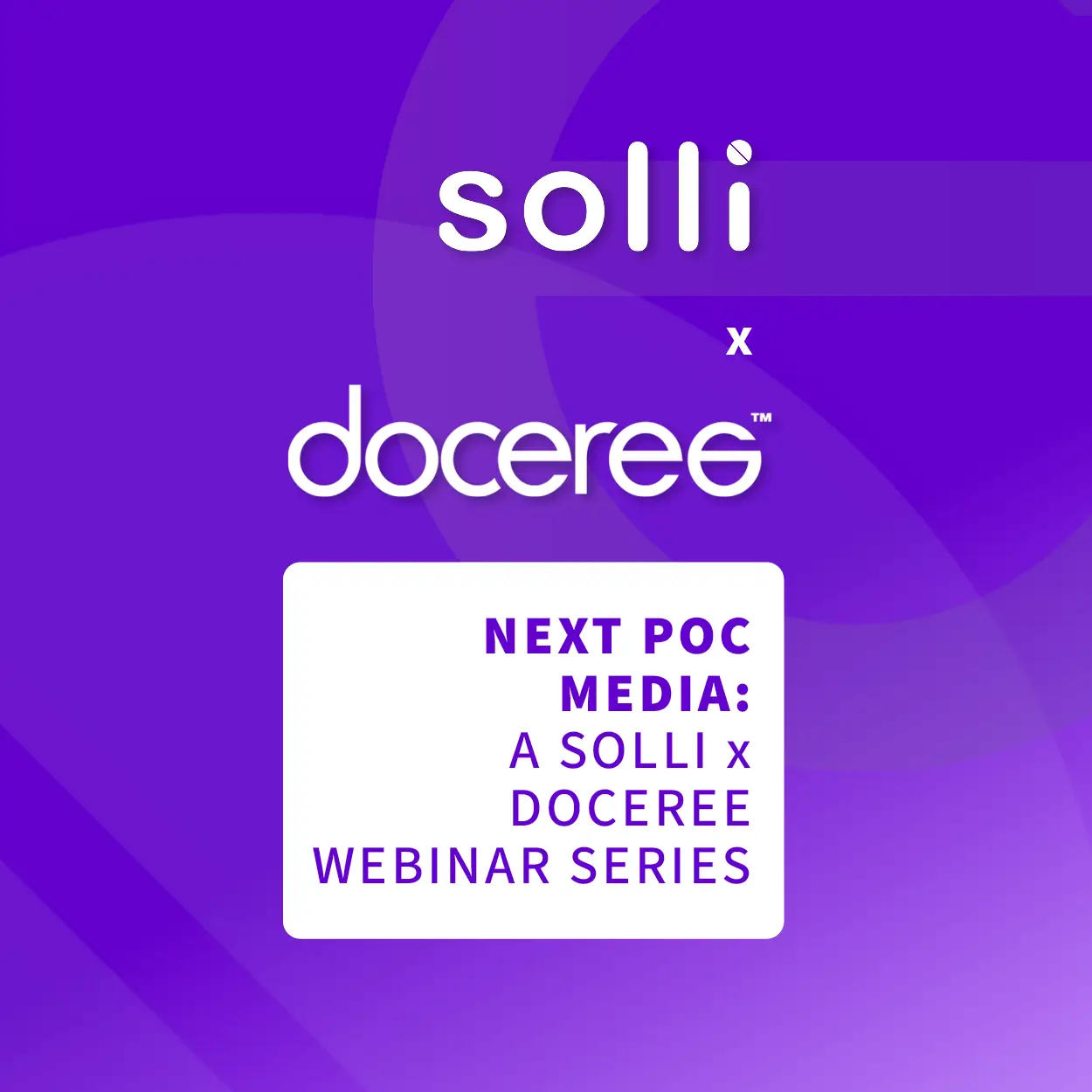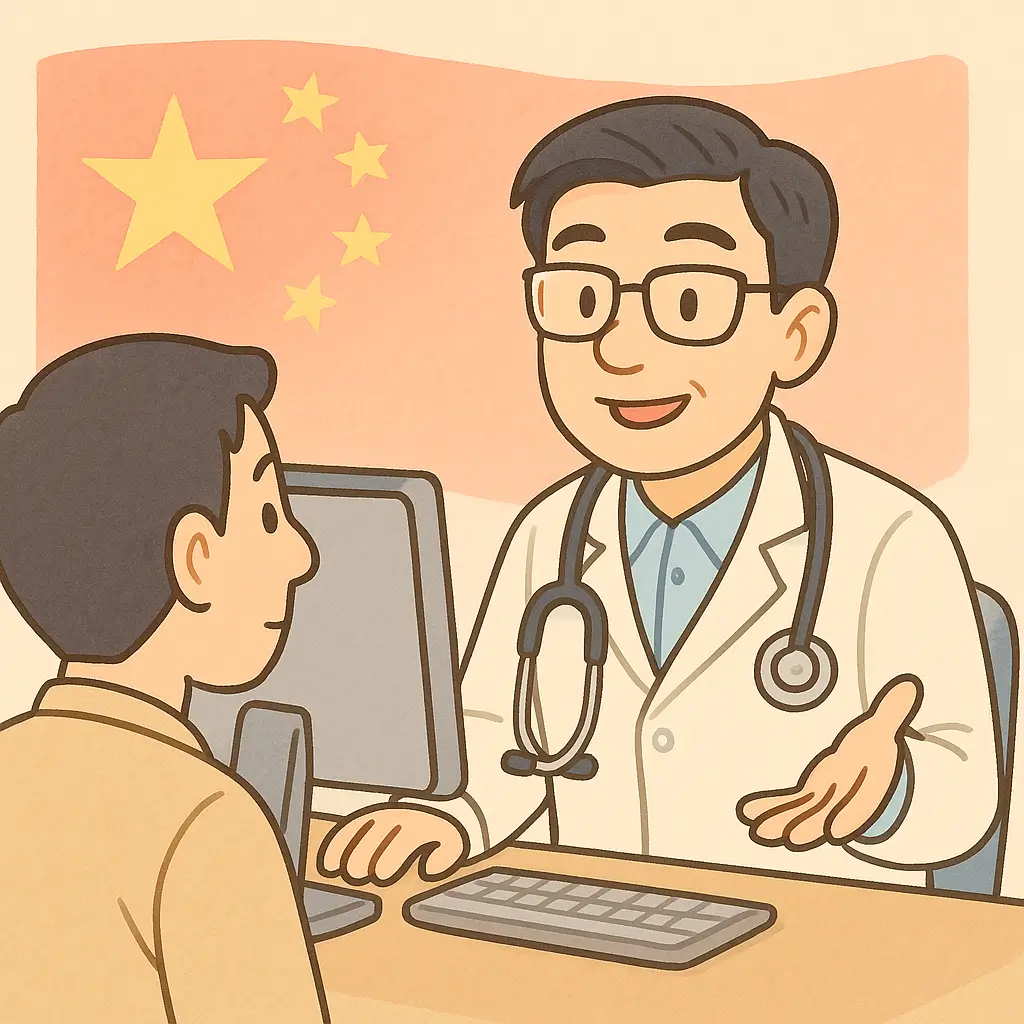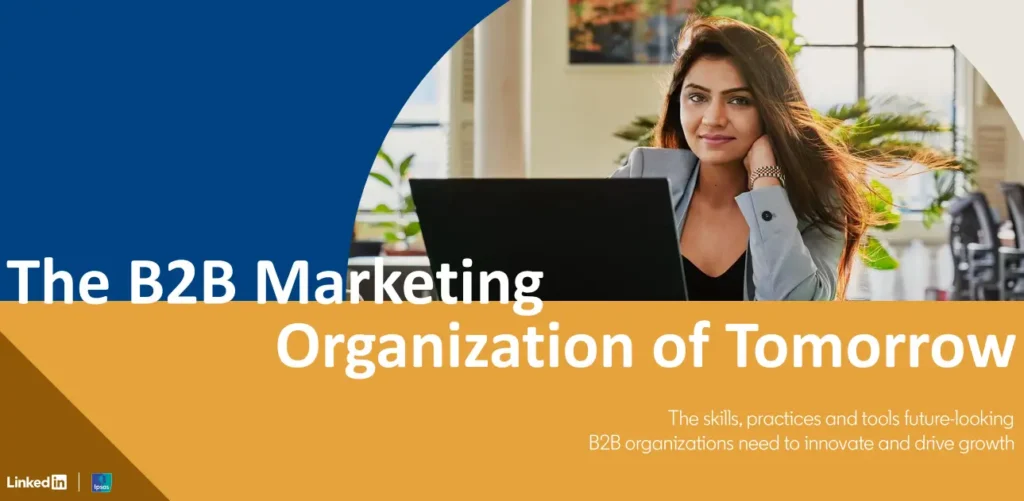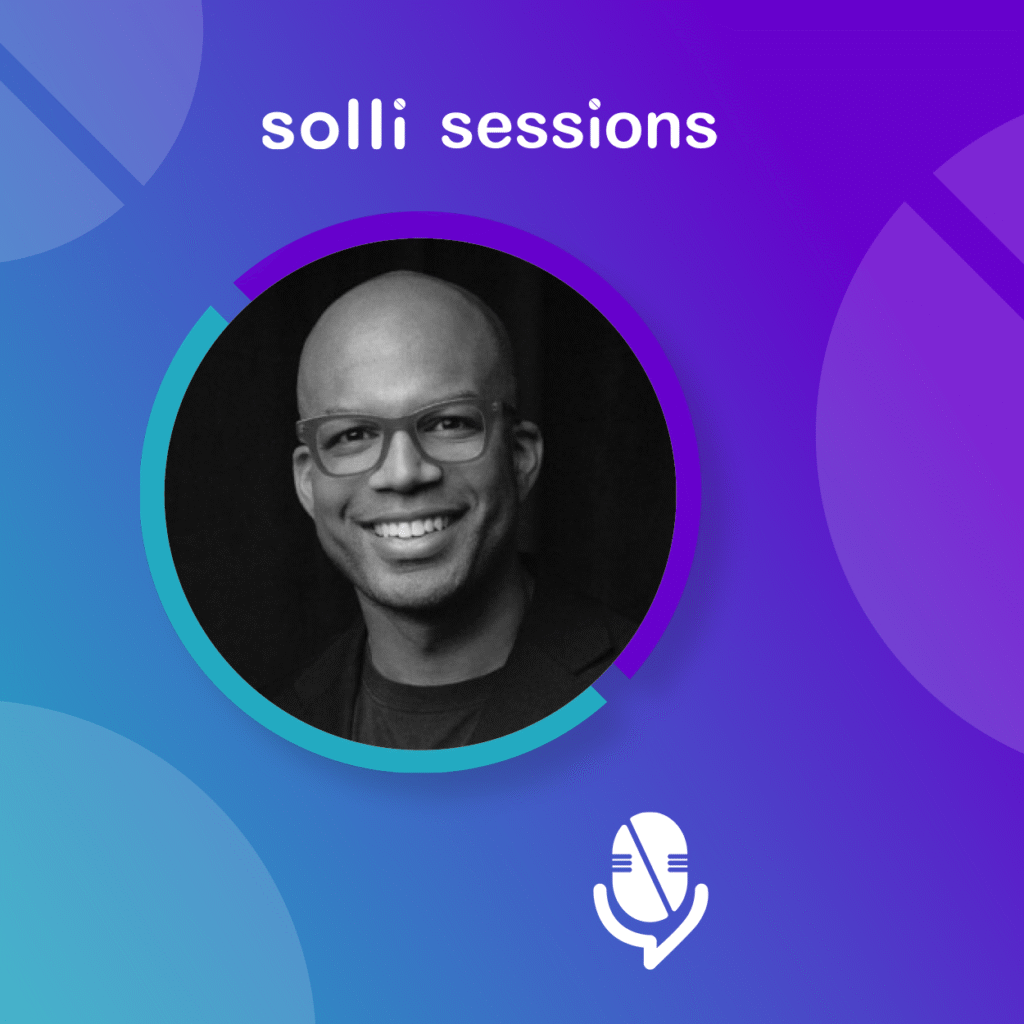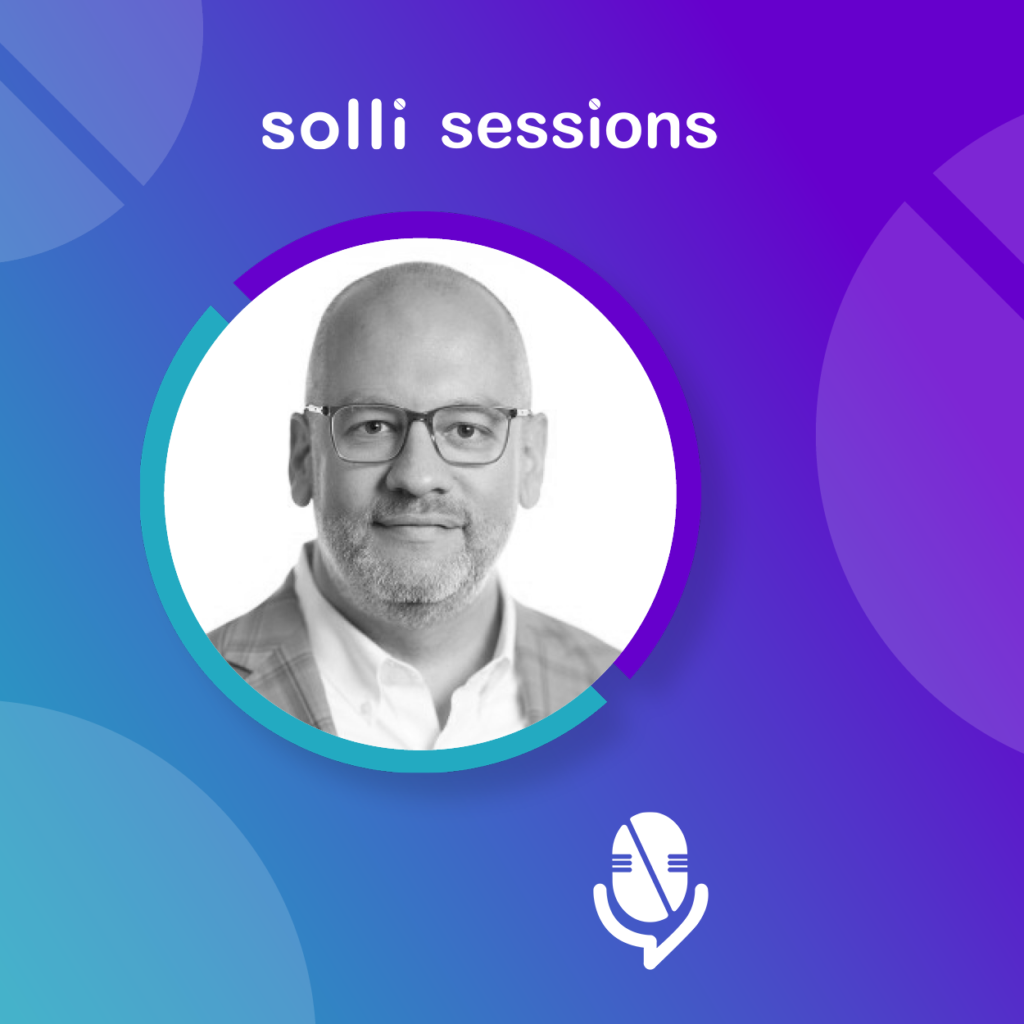Point of Care Media is Essential – Not Optional
Engaging Patients, Caregivers, and HCPs at the Moment That Matters Most
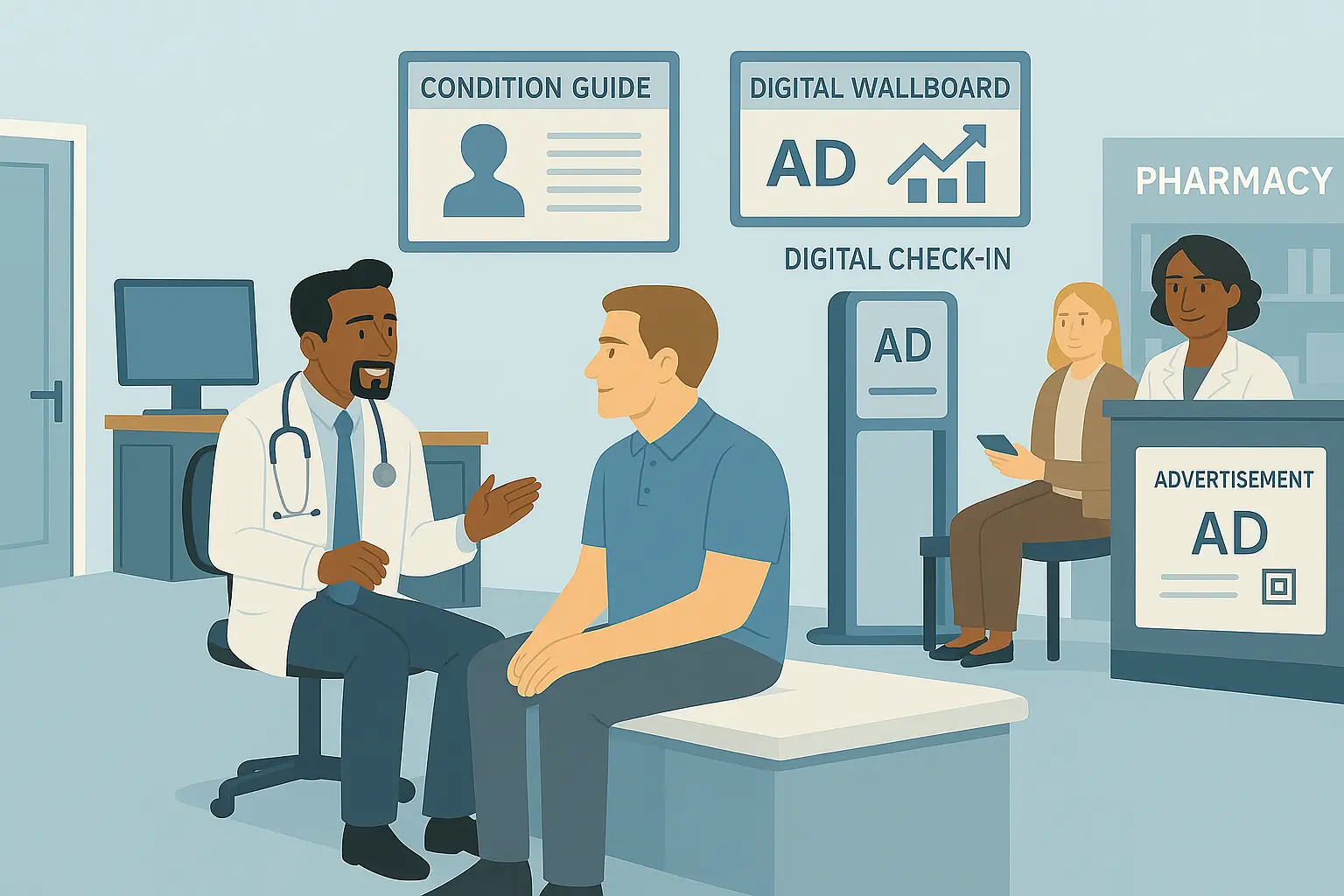
Point of Care media is a highly important channel of any paid media strategy, but before getting started it’s important to define it and understand how to get the most impact from this channel.
Point of Care, also referred to as POC, is the moment where a medical professional is having conversations with a patient about their health. The conversation may involve general health questions, treatment options, or queries that may arise while using a specific drug.
The POC Audience
Point of Care can involve any medical professional offering medical advice or services. This not only includes physicians, but also pharmacists and NPs/PAs, with conversations happening not only in traditional settings but also pharmacies, specialty treatment centers, and via telehealth services. These medical professionals all play an important role in a patient’s medical journey and can influence adherence to a drug.
POC is important for not only medical professionals and patients, but also for caregivers. The caregiver is often overlooked and quite frequently for more serious illnesses they are the key decision maker who often feels more stress than the diagnosed patient. The challenge is two-fold: caregivers want to feel supported and physicians have less time to connect. Marketers must remember to include the caregiver audience in POC strategy.
POC has been viewed as a platform to drive script lift and has been primarily used to get patients on a treatment for the first time. But marketers should remember that caregivers are often part of the decision-making process. POC can be used to offer support for patient and caregiver communities as well. This will develop brand trust and organically lead to increased scripts as caregivers are often actively speaking with others in various caregiver community support groups.
POC Opportunities
There are many reasons that POC has evolved from a ‘nice-to-have’ to a ‘must-have’ channel in a paid media strategy. Currently, there is a heavier amount of overall media clutter. People are glued to their screens, but there’s so much content. POC delivers what people need at exactly the right time and place. This is what makes this such a powerful channel. For example, there is exposure to wallboards when sitting in an exam room waiting to speak with a physician which may prompt patient/HCP dialogue.
Opportunities have expanded to digital check-in process sponsorships, digital geofencing based on NPI level targeting and/or office location, and HCP back office targeted messaging given its unique ability to reach physicians and patients where care plans are discussed and confirmed. Promotion within the EHR (Electronic Health Record) is now also classified under POC as ads appear while viewing patient medical information. This is due to its ability to serve custom messaging at the moment a physician is prescribing a product for a patient while continuing to serve custom messages in between patient visits. Also, several physician medical apps now offer digital tools that help doctors with drug information and medical calculators that are used at POC.
These opportunities are integrating sponsorship opportunities into their platforms which has added to the POC landscape. The opportunities to target medical professionals, patients, and caregivers continue to expand at a rapid rate given the desire to have a brand’s messaging ‘front and center’ as a diagnosis conversation is taking place.
Impact of AI
The advancement of AI tools and resources is having a strong impact on the healthcare industry. For example, many doctors are using AI-backed scribes to consolidate work in between visits. This has given doctors the ability to spend more time with patients and be more present at POC versus spending time taking notes. The POC industry is actively looking for additional ways to support physicians through AI tools as well. Additional time for physicians will help increase POC effectiveness. A doctor might have time to share a sponsored POC condition guide with a patient because of the advancement AI has had in helping simplify their day-to-day work.
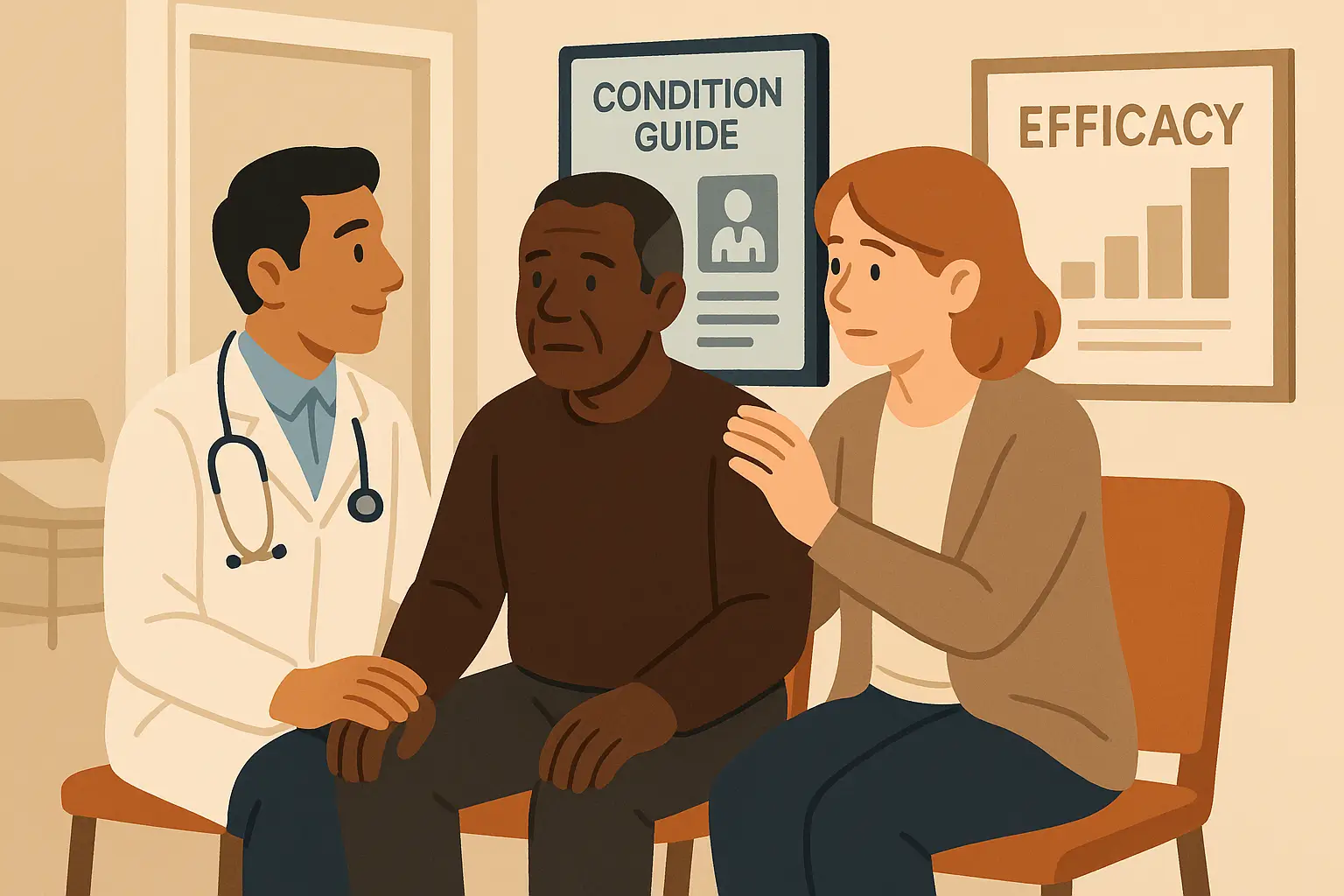
POC in Action
After a doctor makes a treatment decision, a script is typically issued electronically to the pharmacy and the patient picks up the prescription. But a lot can happen in the moment where the patient is speaking with the pharmacist that can impact if the script actually gets filled. The pharmacy may push the patient to have a generic alternative prescribed at pickup as cost will vary based on the patient’s coverage. This is where promotion of co-pay cards at pharmacy can be critically important. A brand can promote co-pay cards digitally at the pharmacy by including a QR code on an ad in the waiting area or physically have the co-pay cards displayed at the pharmacy waiting area at a table-tent. Adherence messaging can also be promoted as patients are refilling scripts.
Keep in mind that caregivers are often picking up prescriptions for patients as well, giving marketers a strong opportunity to promote to that audience with a support message. Caregivers are making decisions on if a patient should continue to use a product as they speak with the pharmacist. Many of the common questions that we ask a doctor are being asked to pharmacists as well. What are the side effects? Should I be concerned about this symptom? This is why it’s important to incorporate efficacy messaging to not only the doctor, but also the patient and caregiver throughout the POC journey.
I recently had the pleasure of working with a client who targets endocrinologists who was looking to promote a co-pay card at POC. We pulled together a pilot program that included custom condition guides and digital wallboards that targeted the HCP and patient separately. Patients were targeted in the exam room, and HCPs were targeted through digital back-office placements. The campaign was live for 6 months. Upon review of the third-party measurement study, the campaign delivered an 8:1 ROI. POC was also the second highest driver of ROI within the marketing mix, compared to Paid Search at the top.
POC Measurement
As the opportunities classified under POC continue to expand, the ability to measure and analyze performance remains a massive challenge in the industry. Measurement of POC is a complex topic. There are many different types of POC, but it is important to identify and align on a brand’s KPIs with all stakeholders before a POC program enters the market. This means that the analytics teams and marketers need to be clear upfront on the best way to measure the campaign’s performance at the initial kickoff. This is a critical step as it’s more challenging to figure out how to measure performance after a campaign is concluded.
Some marketers have worked to solve this issue by developing test and control programs. Others simply look at ROI tied to a specific NPI and/or office location. But both options have their own setbacks. Not all clients want to set up test and control campaigns and budget restrictions can make this a challenge. Regarding tying ROI back to the NPI or office itself, there is no way to avoid duplication or overlap with media tactics in market reaching that physician. POC partners will not disclose any overlap they have with other industry competitors.
I will give a real-world example of this. I was in my Allergist’s office yesterday and I saw a digital waiting room screen, sponsored ad at check-in, and three different medical condition guides sitting in the waiting room. This means I was exposed to a total of five different POC opportunities in the waiting room alone. If a marketer were to target that office through all five locations, it would be impossible to avoid overlap in an ROI analysis.
So, what is the current solve? Most POC partners include 3rd party measurement studies with their programs at set investment levels so marketers can validate performance outside of the MMx. As challenging as measurement can be, time and time again POC continues to rank as one of the highest drivers of ROI and script lift across other channels.
Budgeting for POC
Despite the many benefits of POC, it is often viewed as an expensive channel and therefore an afterthought to any media channel allocation. Each channel serves a different purpose, and marketers need to make sure brands are included in every part of the HCP and patient journey to ensure they are top of mind. Some POC tactics are sold as a cost per office per month, which also allows reach to all HCPs and patients within that location. The cost is minimal when you compare it to the number of estimated impressions that will view the ads in that location over the month-long duration. Minimum investments are often set by the vendors themselves to build in measurement studies into media investment packages. Most opportunities are scalable, and marketers need to be transparent with POC partners on their budget, goals, and objectives to determine ways to incorporate POC into their budget.
Privacy Compliance
Privacy has continued to become a heightened priority with the advancement of targeting and technology. Initially, HIPAA compliance was less of an issue as advertising was originally targeting any patient visiting a doctor’s office. The messaging was viewed as comparable to the audience viewing a billboard and was expected to reach individuals who may not be relevant to the target audience. POC has evolved and there are now many more options. Several POC tactics are now targeting patients based on EHR inputs from physicians. As targeting options expand, the industry continues to find ways to improve target segmentation while remaining compliant with HIPAA regulations. This allows POC to ensure consumer privacy and continues to build not only brand loyalty, but trust in the pharmaceutical company itself.
Getting Started
So how can marketers jump in and get POC on their media plans? To start, it’s important to define your target audience and marketing strategy. Understanding what messaging you need to convey and where those conversations are happening is critical in determining the first step. Location of that message is key, and certain POC partners offer opportunities in specific places where decisions are taking place. Start conversations there, outline goals and how you are measuring success, and be transparent with any budget restrictions. There are ways to be nimble with POC investment, and many partners will work with a brand to develop pilot opportunities that prove success for leadership to help marketers obtain more investment in this channel. If you haven’t gotten started with testing POC, the time to start is now.
Christine Mormile is a Director, Engagement Strategy at CMI Media Group


